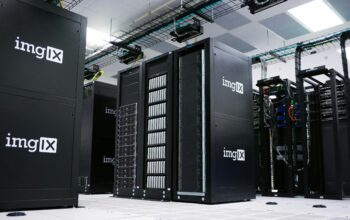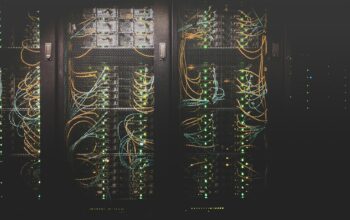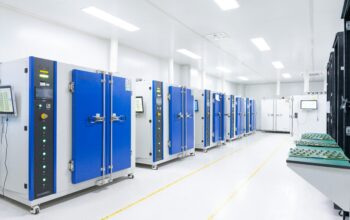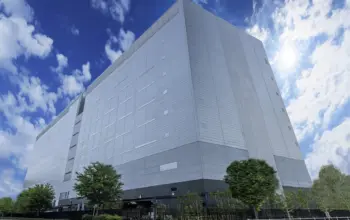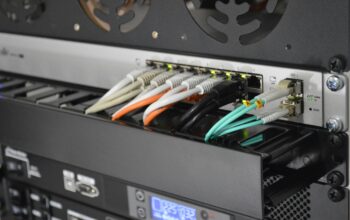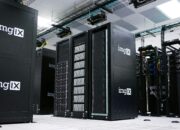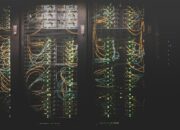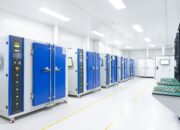Data centers, being the backbone of the digital economy are constantly changing to satisfy technical and business requirements which are increasingly growing. In 2024, some key trends will shape the data center’s future, driven by technology advancements, sustainability initiatives, and changing business needs. Let’s have a closer look at some crucial data center trends to watch this year.
1. Sustainability and Energy Efficiency
The journey towards achieving sustainability as well as energy efficiency remains the key focus for operators of data centers who want to reduce their carbon footprint and energy consumption. As climate change worries continue to grow globally together with increasing regulatory pressures, these centers have started going green through the use of renewable energy sources such as solar & wind power along with the adoption of energy-efficient technologies. Such innovations include liquid cooling technologies, advanced power management systems, and integration of renewable sources like solar and wind.
Companies also want to be LEED (Leadership in Energy and Environmental Design) accredited & follow Uptime Institute standards. Not only do these efforts enhance efficiency but they also appeal to customers or any other stakeholders who care about the environment.
2. Edge Computing Expansion
Edge computing is gaining popularity among businesses because it helps reduce latency as well as improve the speeds of data processing. Edge computing brings computation plus storage close to where data is generated thus improving real-time data analytics & aiding applications that need instantaneous processing such as IoT (Internet of Things) devices plus autonomous vehicles.
Micro data centers plus edge facilities are being deployed across various locations by data center operators in response to this demand particularly coming out from industries like healthcare, manufacturing & retail where fast information analysis could lead to better decision-making & superior customer experiences.
3. Hybrid and Multi-Cloud Strategies
Organizations are now adopting hybrid alongside multi-cloud approaches targeted at optimizing their IT infrastructure deployment plans. This method helps to harness the strengths of various cloud providers and on-premises solutions thus enhancing flexibility, scalability, and cost-effectiveness.
Hybrid cloud solutions allow for smooth joining of public & private clouds hence sensitive data can reside in-house while other activities are done using public cloud resources. Conversely, multi-cloud strategies prevent vendor lock-in while providing redundancy thus ensuring business continuity in case of service outages.
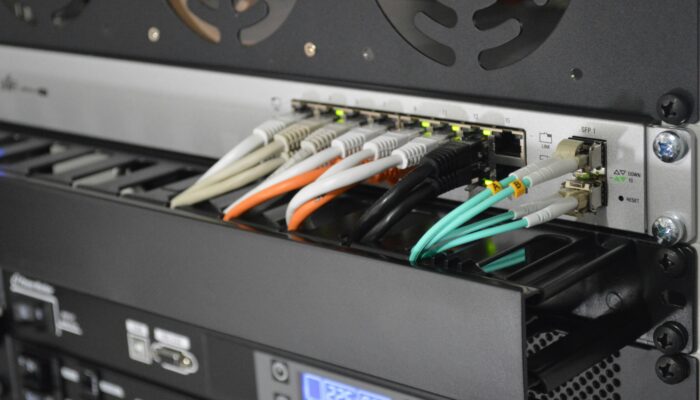
4. AI and Automation in Data Centers
Data center operations are currently being revolutionized by AI-powered tools plus automation processes. By integrating artificial intelligence (AI) into monitoring, maintenance, and security tasks, it’s possible to reduce manual intervention instances as well as human errors through automation software.
The use of predictive analytics or machine learning algorithms in data centers enables them to predict & fix emerging problems before they become worse thereby improving reliability and uptime. In addition, automatic systems optimize resource allocation along with energy usage plus cooling resulting in substantial savings as well as better operational efficiency.
5. Enhanced Security Measures
Given that cyber threats are increasingly sophisticated; data center security is paramount. Advanced security measures such as Artificial Intelligence (AI)-driven threat detection are being employed among other measures like biometric access controls and zero-trust architecture by these centers to protect sensitive information from getting breached while complying with strict data protection laws.
Furthermore, end-to-end encryption together with multi-factor authentication (MFA) is being enforced to secure both transit & rest modes of data within these facilities. Regular security audits followed by vulnerability assessments also play an important role in identifying and mitigating potential risks involved.
6. Data Center Consolidation and Modular Design
In a bid to maximize efficiency and cut down on operational costs, many organizations have resorted to consolidating data center operations. This enables businesses to enjoy economies of scale and improve their resource utilization by merging several data centers into one optimized facility.
Another growing trend is modular data center design. It provides a way for companies to quickly deploy and grow modular units as needed to offer flexibility while reducing construction timelines and costs. The strategy works best for businesses where workloads keep changing or are not predictable at all.
Technological advancements, sustainability initiatives, and evolving business needs are causing the data center industry to undergo major changes. As edge computing, hybrid cloud strategies, and AI continue shaping up the landscape of IT infrastructure; it is therefore essential for data centers also adapt themselves accordingly so that they can meet digital age demands. In this regard, embracing these trends will enable data centers to improve their efficiency, security, and sustainability so that they remain part of the global digital infrastructure.




